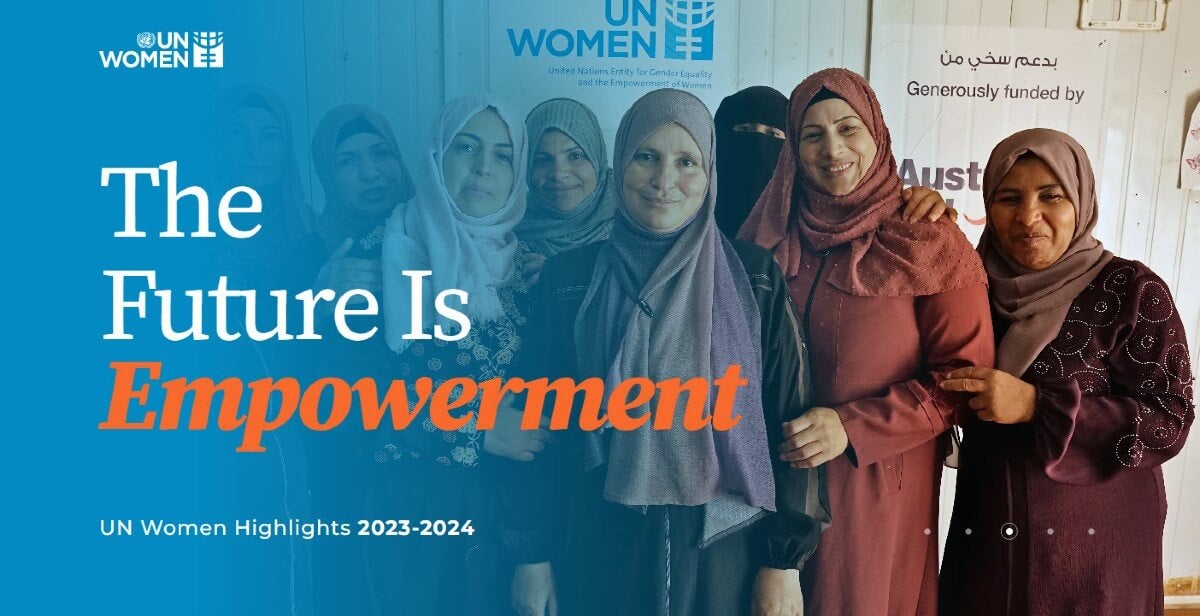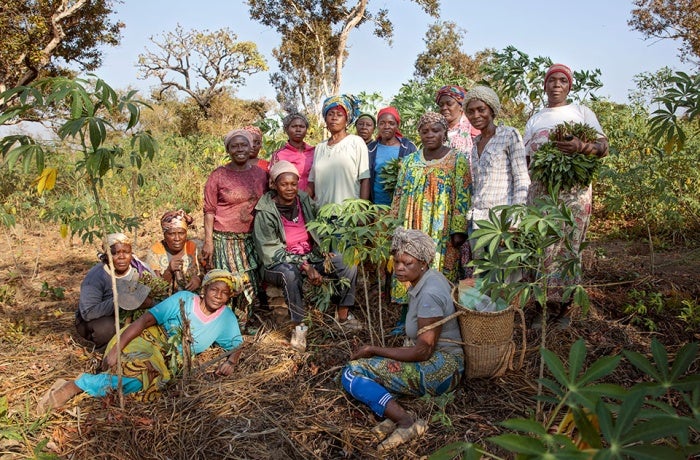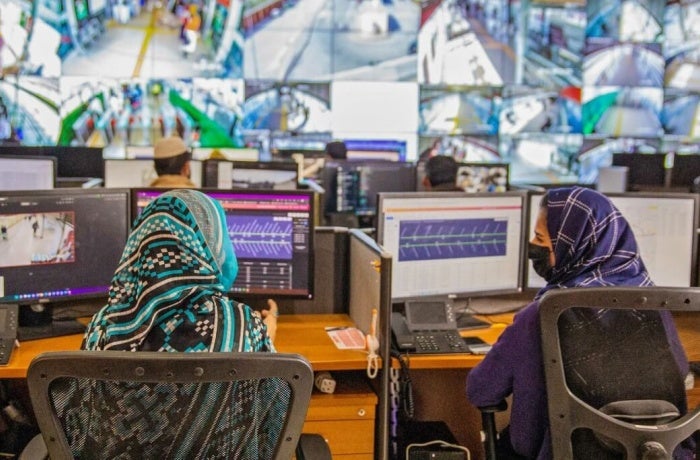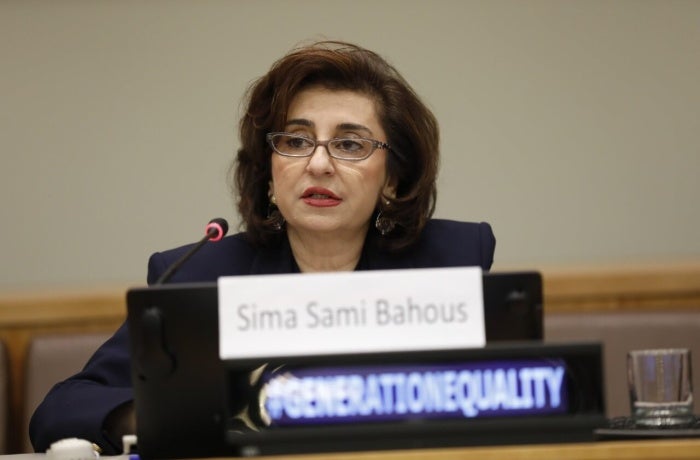Everything you need to know about pushing for pay equity
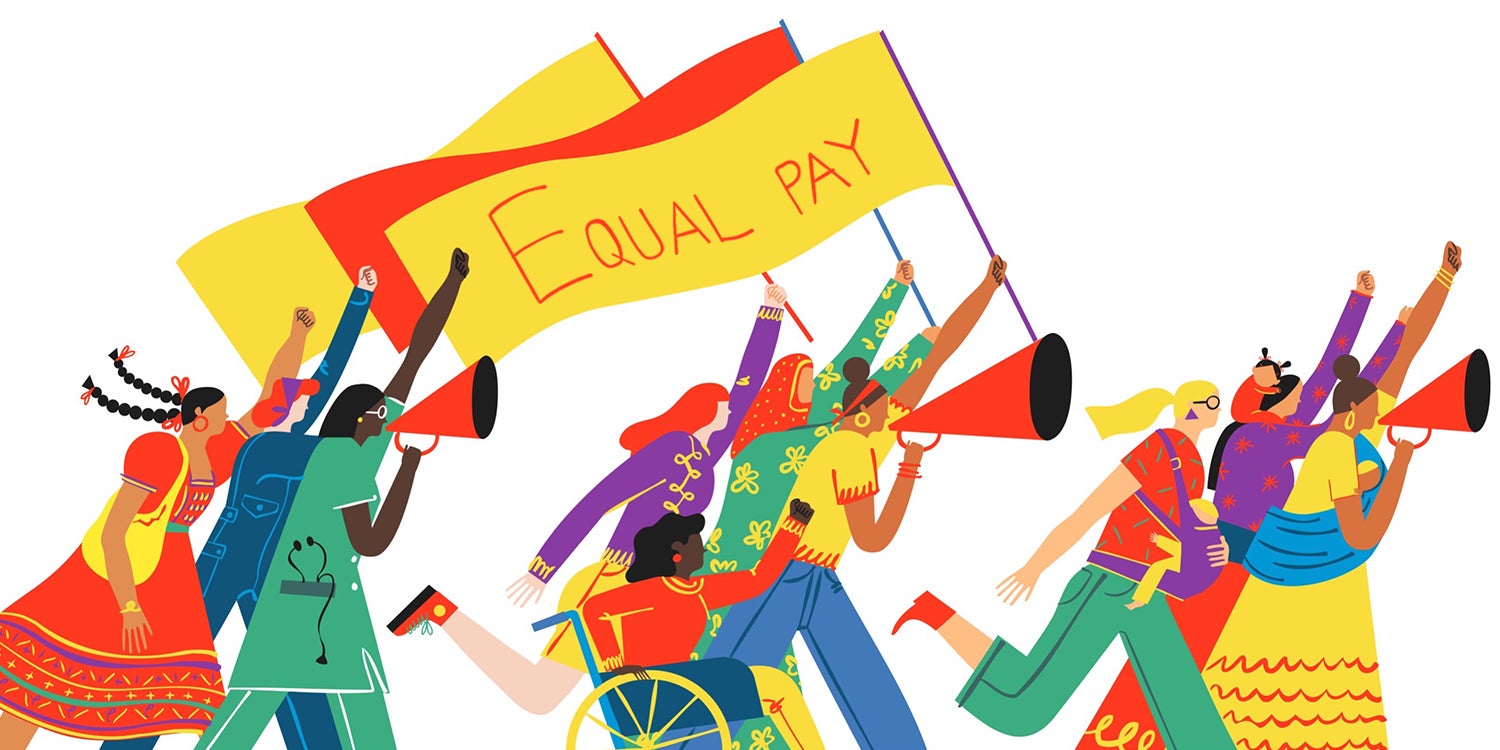
Workers worldwide look forward to payday. But while a paycheck may bring a sense of relief, satisfaction, or joy, it can also represent an injustice—a stark reminder of persistent inequalities between men and women in the workplace.
The gender pay gap stands at 20 per cent, meaning women workers earn 80 per cent of what men do. For women of colour, migrant women, those with disabilities, and women with children, the gap is even greater.
The cumulative effect of pay disparities has real, daily negative consequences for women, their families, and society, especially during crises. The widespread effects of COVID-19 have plunged up to 95 million people into extreme poverty, with one in every 10 women globally living in extreme poverty. If current trends continue, 342.4 million women and girls will be living on less than $2.15 a day by 2030.
What do we mean by equal pay for work of equal value?
Equal pay for work of equal value, as defined by the ILO Equal Remuneration Convention, means that all workers are entitled to receive equal remuneration not only for identical tasks but also for different work considered of equal value. This distinction is crucial because jobs held by women and men may involve varying qualifications, skills, responsibilities, or working conditions, yet hold equal value and warrant equal pay.
In 2020, New Zealand passed the Equal Pay Amendment Bill, ensuring that women and men are paid equally for work that’s different but has equal value, including in chronically underpaid female-dominated industries.
It is also important to recognize that remuneration is more than a basic wage; it encompasses all the elements of earnings. This includes overtime pay, bonuses, travel allowances, company shares, insurance, and other benefits.
Why does the gender pay gap persist?
The gender pay gap originates from ingrained inequalities. Women, particularly migrant women, are overrepresented in the informal sector. Look around you, from street vending to domestic service, from coffee shop attendants to subsistence farming. Women fill informal jobs that often fall outside the domains of labour laws, trapping them in low-paying, unsafe working environments, without social benefits. These poor conditions for women workers perpetuate the gender pay gap.
Women also do three more hours of daily care work than men, globally. This includes household tasks such as cooking, cleaning, fetching firewood and water, and taking care of children and the elderly. Although care work is the backbone of thriving families, communities, and economies, it remains undervalued and underrecognized. Try calculating your daily load with UN Women’s unpaid care calculator.
The motherhood penalty exacerbates pay inequity, with working mothers facing lower wages, a disparity that jumps as the number of children a woman has increases. Lower wages for mothers are linked to reduced working time, employment in more family-friendly jobs that tend to be lower paying, hiring and promotion decisions that penalize the careers of mothers, and a lack of programmes to support women’s return to work after time out of the labour market.
Restrictive, traditional gender roles are also spurring pay inequalities. Gender stereotypes steer women away from occupations traditionally dominated by men and push them toward care-focused work that is often regarded as “unskilled,” or “soft-skilled” and therefore, lower paid.
Furthermore, discriminatory hiring practices and promotion decisions that prevent women from gaining leadership roles and highly paid positions sustain the gender pay gap.
Why is pay equity an urgent issue?
Pay equity matters because it is a glaring injustice and subjects millions of women and families to lives of entrenched poverty and opportunity gaps. At the current rate, we risk leaving more than 340 million women and girls in abject poverty by 2030, and an alarming 4 per cent could grapple with extreme food insecurity by that year.
Women also experience significantly lower social protection coverage than men, a discrepancy that largely reflects and reproduces their lower labour force participation rates, higher levels of temporary and precarious work, and informal employment. All these factors contribute to lower income, savings, and pensions of women and gendered poverty in old age.
What should be done?
As more women are plunged into poverty, the fight for equal pay and pay equity takes on a new sense of urgency because those who earn the least are most damaged by income discrepancy.
In the United States, Black women earn only 63.7 cents, Native women 59 cents, and Latinas 57 cents for every dollar that white men earn. Where money is tight, lower pay can prevent women and families from putting food on the table, securing safe housing, and accessing critical medical care and education—impacts that can perpetuate cycles of poverty across generations.
It is urgent that we put female workers on equal footing as male workers. In a world on the brink of a looming care deficit, women make up 67 per cent of workers providing essential health and social care services globally. Governments must address underpaid and undervalued jobs in the care sector, including in education, health care and social services, all jobs that women predominantly occupy.
What does the data say about pay equity around the world?
Unequal pay is a stubborn and universal problem. Despite significant progress in women’s education and labour market participation, progress in closing the gender pay gap has been too slow. At this pace, it will take almost 300 years to achieve economic gender parity.
Women workers’ average pay is generally lower than men’s in all countries and for all levels of education, and age groups, with women earning on average 80 per cent what men earn. Women in male-dominated industries may earn more than those in female-dominated industries, but the gender pay gap persists across all sectors.
While gender pay gap estimates can vary substantially across regions and even within countries, higher income countries tend to have lower levels of wage inequality compared to low and middle-income countries. However, estimates of the gender pay gap understate the real extent of the issue, particularly in developing countries, because of a lack of information about informal economies, which are disproportionately made up of women workers, so the full picture is likely worse than what the available data shows us.
Explore UN Women’s report on the gender pay gap in Eastern and Southern Africa.
What next?
Closing the gender pay gap requires a set of measures that push for decent work for all people. This includes measures that promote the formalization of the informal economy, bringing informal workers under the umbrella of legal and effective protection and empowering them to better defend their interests.
Ensuring workers’ right to organize and bargain collectively is an important part of the solution. Women must be involved in employer and union leadership, enabling legislation that establishes comprehensive frameworks for gender equality in the workplace.
Economic empowerment Chief at UN Women Dr. Jemimah Njuki says that, “The gender pay gap requires all stakeholders, including employers, governments, trade unions take full responsibility and work side by side to address these challenges. Women deserve equal pay for work of equal value”.
[Last updated February 2024]





